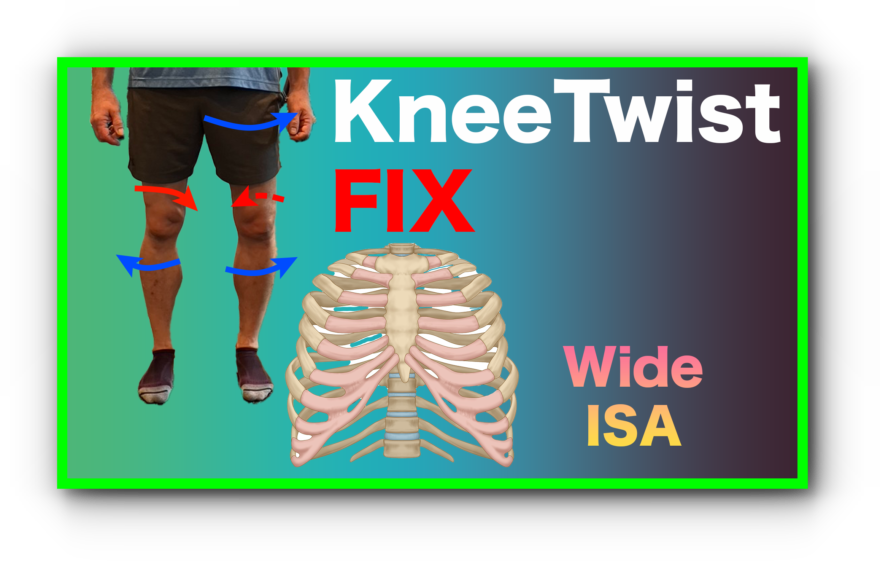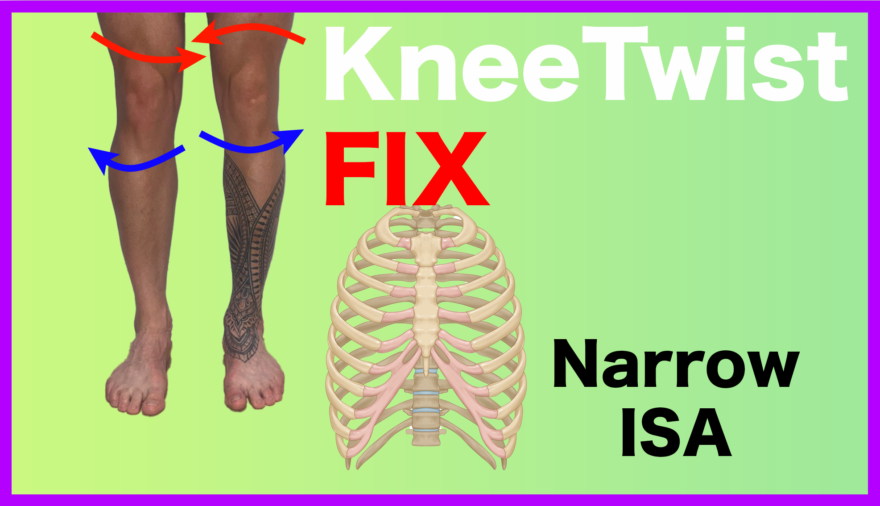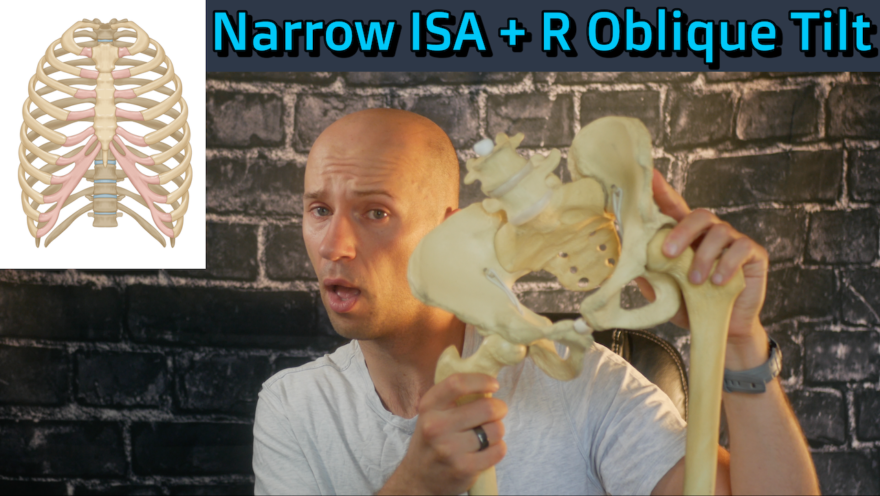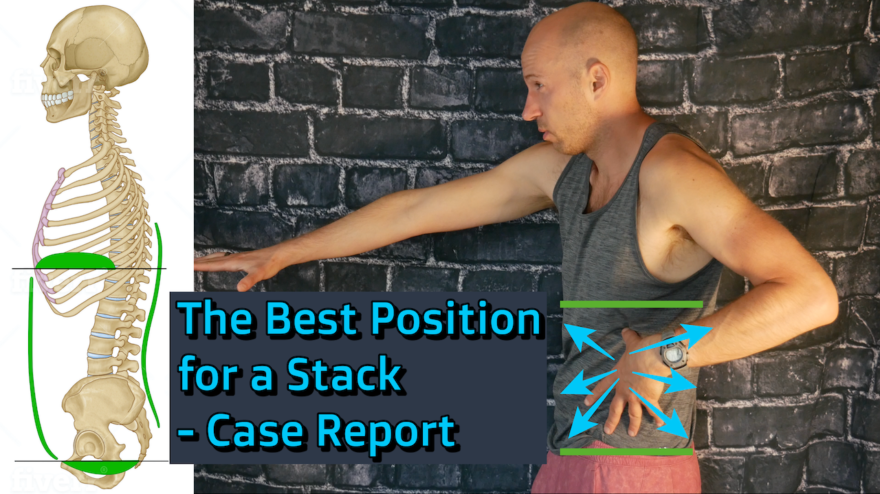Many times if you don’t get the result you are looking for movement-wise, it is often related to losing the stack (and not talking to Zac). How do you know where the failure occurred? That’s exactly what we sift through in this video. In it, we walk through a failed case, and look at where tweaks could be made to improve the outcome. Watch it to learn more! Looking at each component of the stack In this case of a person with shoulder pain, we look at some of the big limitations this person had: Decreased shoulder internal rotation biliaterally Decreased left shoulder external rotation Narrow infrasternal angle From here, you then need to look at each piece of the stack to determine how to design the activity with the best possible chance of success. What are those components? I’M GLAD YOU ASKED!! Here are the pieces we focus on for the stack in order of importance (though fam, you need to build it all!): Pelvic positioning Full exhale Pause and inhale with ab tension and relaxed upper thorax Reach without crunching Now based on what we need to maximize this person’s movement options, we can then engineer exercises with a high probability of increasing available movement. The keys we need to respect are restoring external rotation before internal rotation, respecting their anthropometric structure, and address asymmetry (shoulder rotation limitations indicate this person has a right rotation bias). Therefore, we can engineer activities that can create high odds for success:
Read More


